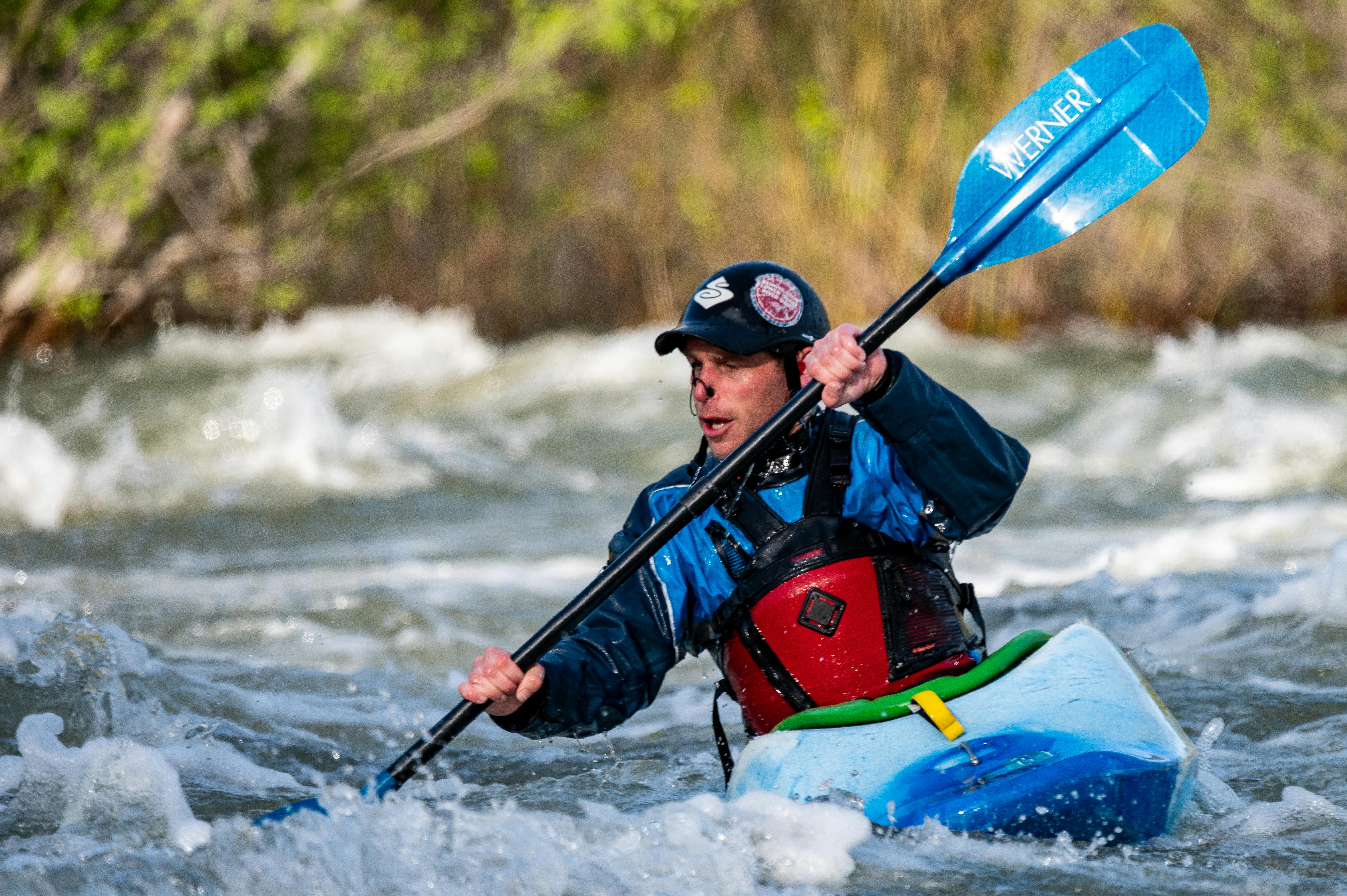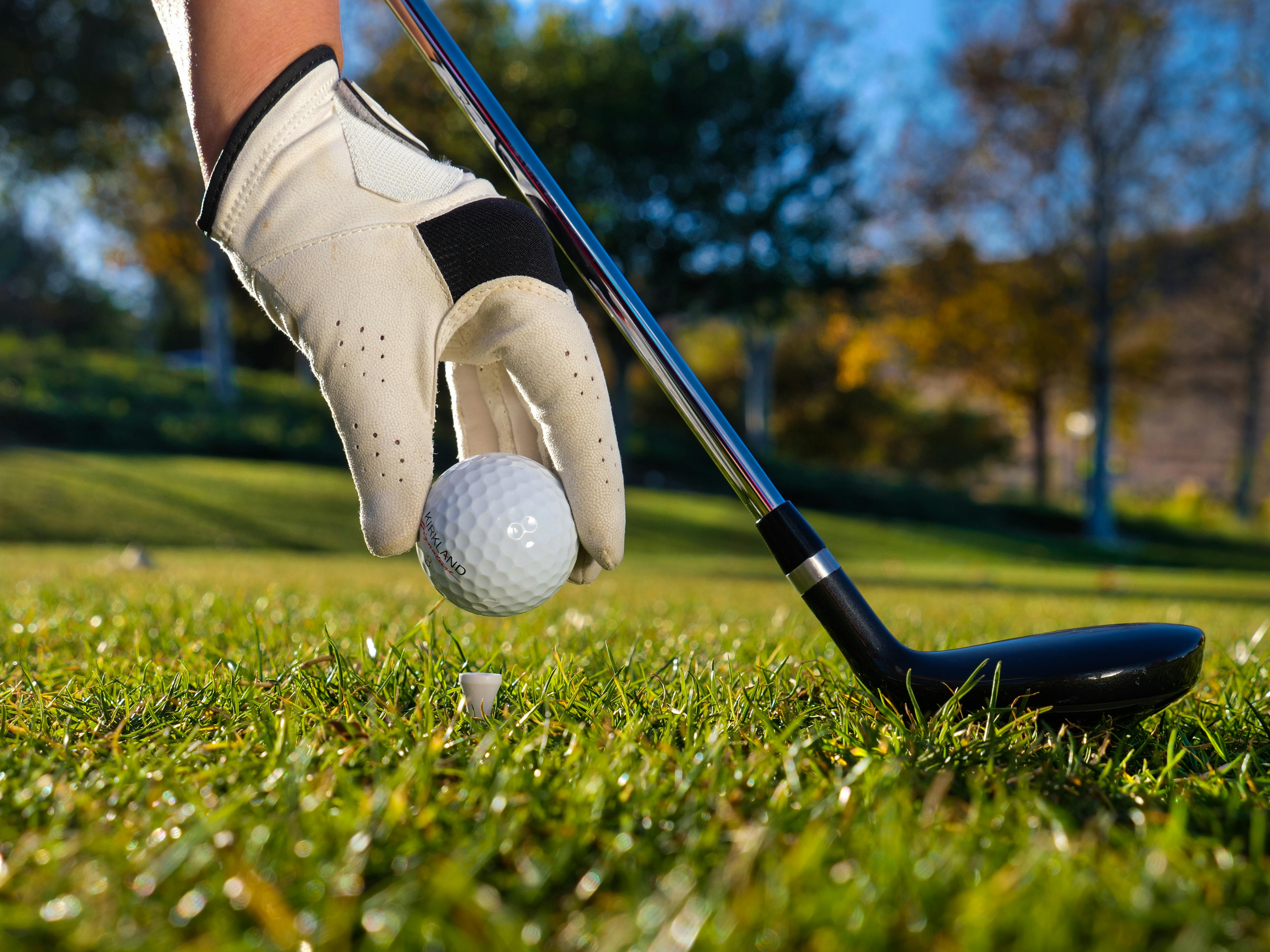There are many things that can affect the outcome of a game of golf, but many golfers will tell you that putting is the crucial part of any game and really separates the “men from the boys” or the “ladies from the girls.”
Your ability to hole a putt is highly dependent on your ability to read the green and this, in turn, is a mix of physics and art that will only come with study, practice, time and experience, but here’s Some tips to get you started. .
The first thing to realize is that you can’t read the green by standing on the perimeter and looking across the 10 to 15 feet to the hole. The higher you are, and the further away you are, the less you’ll see, so you have to get closer to the surface of the green and that means crouching or, better yet, getting on your knees.
From your low vantage point, look closely at the area between your ball and the cup and try to place a club along the line towards the cup and look carefully along that line.
Look for hills or valleys and signs of left or right curves. Try to estimate how much of a slope (downhill or uphill) is between your ball and the cup. Also, get an idea of whether or not the grass is wet, and if so, how wet. Even the smallest amount of moisture can reduce the distance traveled by the ball compared to a dry surface.
Just as important is the height of mow and whether or not the green has been mowed twice. Double cut simply means that the green has been cut first in one direction and then again at a right angle to the first cut. The double cut can alter the distance traveled by several inches in a single cut. Similarly, height of cut is important and lowering the mowing height by just one-sixteenth of an inch can increase ball roll.
More difficult to judge is whether or not the green has been rolled, which has the effect of compacting the ground, increasing the hardness of the ground and again affecting ball roll.
Once you’ve evaluated all of these factors, it’s all about deciding which way you need to hit the ball and how hard to putt, and at this point there’s only one way to know: practice and learn.
Take time to practice both on the practice greens and on the course greens when you are not actively playing and don’t forget to learn from the experience of others. Watch your partner put and do your best to analyze why your put sank or not.
Of course, it’s not always easy to practice during the game without slowing down others, but most courses have slow days or slow times of the day, and you should try to take advantage of them to practice as much as you can.
Reading the green well is not an easy skill and will take time to master but, once you’ve hit it, it can easily drop your scores by several shots.




